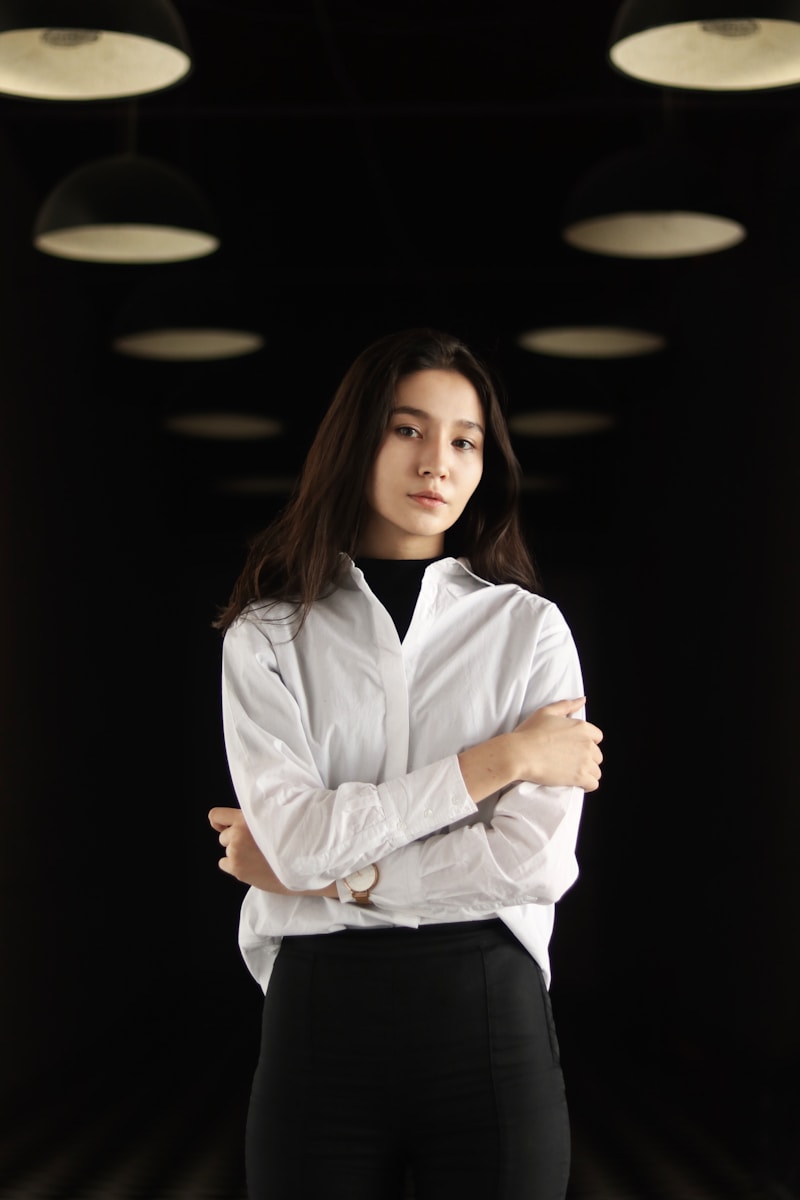In a world where fast fashion dominates sidewalks and online shops push endless “new arrivals,” the idea of wearing fewer clothes—but better ones—feels almost rebellious. The capsule wardrobe formula rests on the paradox that repeating outfits can actually unlock more freedom, more confidence, and yes, more chic style. When done right, the capsule wardrobe isn’t a punishment or a minimalist dare; it’s a celebration of intentional living. It shows us that repetition isn’t boring—it’s stylish mastery.
The Philosophy of Less but Better
The modern capsule wardrobe traces back to the 1970s when London boutique owner Susie Faux first coined the term. She envisioned a closet where a handful of well-cut, versatile garments could anchor someone’s personal style season after season. While the world has changed dramatically since then, her insight feels timelier than ever. A capsule wardrobe says: “You don’t need 50 shirts to look sharp; you need five that you genuinely love.”
This is not just about saving space. At its heart, it is about reclaiming clarity in a culture overwhelmed by excess. By narrowing down clothing choices, you also reduce decision fatigue, that mental drag that creeps in when mornings become a contest of “what goes with what.” When your closet is carefully distilled, you start your day already one step ahead.
Chic Repetition: The Style Secret Celebrities Don’t Admit
Here’s the glamorous twist—many of the world’s most stylish people repeat their outfits all the time. Think of Steve Jobs in his black turtleneck and jeans, or Anna Wintour’s endless parade of printed sheath dresses. These aren’t signs of laziness; they’re personal uniforms that signal consistency and confidence. The repetition becomes chic because it is deliberate, not accidental.
The capsule wardrobe operates on the same principle. Repetition allows garments to become signatures, not afterthoughts. When you wear that perfect blazer often enough, people associate it with you. It becomes less about what you’re wearing and more about who you are. That’s the quiet genius of the formula—it elevates personality above consumption.
Building Blocks of the Capsule Formula
A successful capsule wardrobe isn’t a random sweep of whatever’s left after decluttering. It’s a carefully chosen formula that balances variety and cohesion. While the exact numbers vary, most capsules include 25–40 core pieces per season. These typically fall into the following categories:
Tops: Crisp shirts, soft knits, and a few expressive blouses.
Bottoms: Well-fitted jeans, tailored trousers, and a versatile skirt.
Outerwear: A trench, a blazer, perhaps a leather jacket for edge.
Dresses or One-Piece Outfits: Something easy for days when effort feels impossible.
Shoes: Minimal but essential—boots, sneakers, flats, or heels.
Accessories: Scarves, belts, jewelry that can reinvent the same base outfit.
The formula’s beauty is its adaptability. A lawyer in New York might center her capsule around black, navy, and cream with sharp tailoring, while an artist in Barcelona might build with earthy linens, flowing skirts, and leather sandals. The capsule bends toward lifestyle, not the other way around.
Repetition as Creative Constraint
At first, the idea of wearing the same pieces repeatedly might sound restrictive. Yet creativity thrives within limits. Painters who choose a single palette often unlock astonishing shades by mixing within boundaries. In the same way, capsule wardrobes encourage you to experiment with layering, silhouette, and texture.
That striped Breton shirt you wear on Monday with jeans suddenly looks different on Thursday under a blazer with loafers. A silky slip dress becomes casual daytime attire when paired with sneakers and a cardigan. Repetition forces the eye to notice subtler shifts—shapes, accessories, even the way you carry yourself.
This is the paradox of chic repetition: the more often you wear an item, the more versatile it becomes. What looks like sameness from afar becomes artistry up close.
Sustainability with Style
The environmental dimension cannot be ignored. The fashion industry is one of the largest polluters in the world, churning out garments designed to fall apart or fall out of style in months. A capsule wardrobe stands as a direct refusal of this cycle. By buying fewer pieces that last longer, you cut down waste and reduce demand for disposable fashion.
But sustainability alone doesn’t explain the appeal. The true magic is realizing that “eco-friendly” can also mean elegant. Picture a wool coat that you wear winter after winter, acquiring stories as it ages. Imagine boots that mold to your stride over years. Unlike fast-fashion pieces that fade, these items grow more personal with time. Chic repetition, then, is not just a style choice but a slow rebellion against throwaway culture.
Psychological Liberation
Clothing is never just fabric. It is identity, self-presentation, even armor. But closets crammed with unused clothes often create hidden anxiety. Studies show that most people wear only about 20% of their wardrobes regularly. That means 80% is silent clutter whispering “you should wear me” every morning.
Capsule wardrobes turn down that noise. When every piece has purpose, opening your closet becomes calming rather than overwhelming. Some even describe it as meditative. The simplicity frees mental energy to focus on work, relationships, and creativity. In that sense, a capsule wardrobe is less about fashion and more about quality of life.
The Art of Updating Without Overhauling
Of course, no wardrobe formula is static. Seasons change, bodies change, moods shift. A capsule system works because it evolves gently. Instead of throwing everything out for a new trend, you swap a few pieces to refresh the whole. A pair of wide-leg trousers can modernize a capsule built around skinnies; a new color scarf can brighten a neutral palette.
This controlled updating means your style grows without chaos. It’s like tending a garden—pruning here, planting there—so the whole space feels alive. Chic repetition doesn’t mean stagnation; it means growth that honors continuity.
Misconceptions and Challenges
Critics sometimes argue that capsules are boring, too rigid, or suited only to minimalists. But that misunderstands the formula. Capsules are not about owning less for the sake of austerity. They are about choosing well so that less feels like more.
The biggest challenge is often emotional attachment. Many of us cling to clothes that no longer serve us out of nostalgia or guilt. Letting go can feel like erasing memories. Yet the capsule approach reframes this: by releasing what you don’t wear, you make room to truly appreciate what you do. The capsule is not anti-sentiment—it’s pro-intention.
Everyday Chic in Action
Imagine Monday morning: you reach into your closet and pull out slim trousers, a white shirt, and loafers. Wednesday evening: the same shirt, this time tucked into a skirt with earrings and heels for dinner. Saturday: shirt open over a tank top with denim shorts. The repetition isn’t dull—it’s the thread weaving your week together.
This is the lived reality of a capsule wardrobe: chic repetition that supports you through shifting contexts without demanding endless consumption. It’s not about dressing like everyone else. It’s about dressing like yourself—consistently, stylishly, and without apology.



